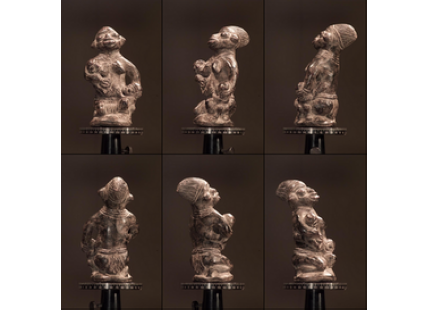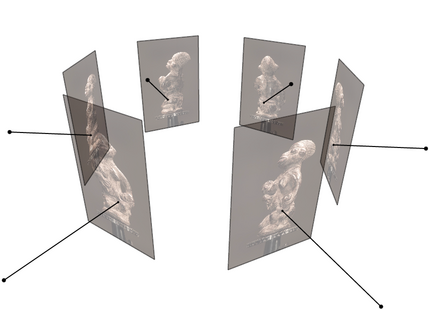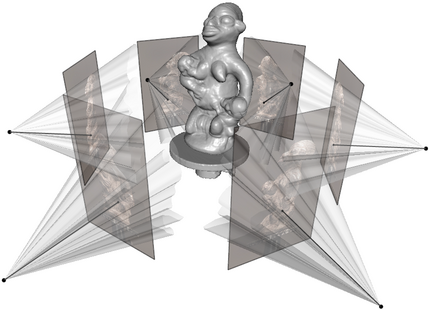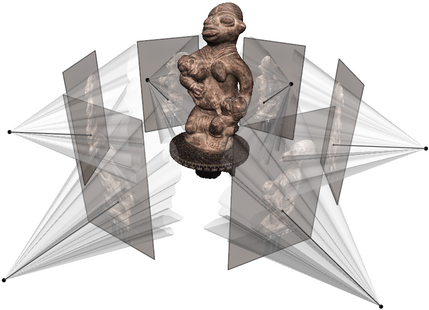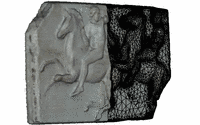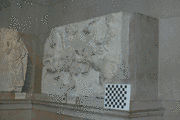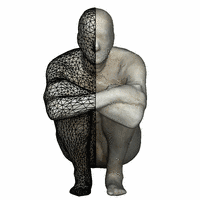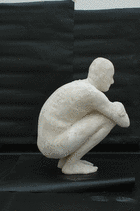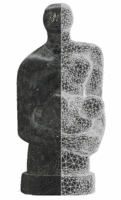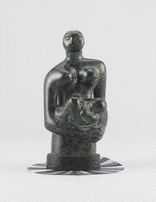Professor Roberto Cipolla's Digital Pygmalion project brings a handful of photographs of a sculpture to life as a high-resolution 3D computer model.
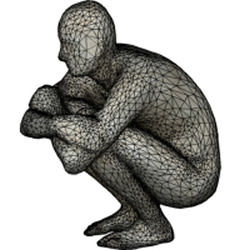
Professor Roberto Cipolla's Digital Pygmalion project brings a handful of photographs of a sculpture to life as a high-resolution 3D computer model. Together with Dr Carlos Hernández Esteban, they have produced breathtaking results, which will guide Antony Gormley in scaling up his sculpture from life-size to be over 25 metres high.
"Roberto's work is unique in the world: it's extraordinary to get a fully rotational model from a standard single-lens digital camera." Antony Gormley.
Roberto and Carlos visited the artist recently to take photographs of the sculpture and then used their world-leading computer vision techniques to construct a complete 3D model of the piece. The results are not only technically impressive but are also visually stunning.
The picture of the sculpture below gives an idea of the underlying mathematical mesh. The software allows the user to look at the structure from any view point. The original texture of the sculpture can be overlaid on this skin. Lighting effects can be added. A full resolution image on a good screen looks perfect. The viewer application can be downloaded here.
Antony Gormley sculpture
High resolution colour photos of the object in natural light are taken with a standard off-the-shelf camera. The silhouettes and the main interest points on the object are detected automatically in each of the different photos that have been taken. The position of the camera when each photo was taken can then be calculated.
The silhouette and texture in each photo is then used to guide the "digital sculptor" to carve out the 3D shape. An accurate geometry and an accurate depiction of the appearance of an object is achieved automatically. In summary it is a new approach to high quality 3D object reconstruction. Starting from a sequence of colour images, an algorithm is able to reconstruct both the 3D geometry and the texture.
Highly accurate 3D modelling is very much in demand for:
- digital archiving of objects particularly items from museum collections
- The software was recently used to build a 3D model of a Henry Moore sculpture so that it can be viewed by potential buyers from around the world before its auction in London later this year.
- face acquisition which is an important area for the movie and computer games industries
- Internet shopping, where low resolution 3D models are required to sell products successfully online.
For more information contact:
Professor Roberto Cipolla
Dr Carlos Hernandez Esteban
